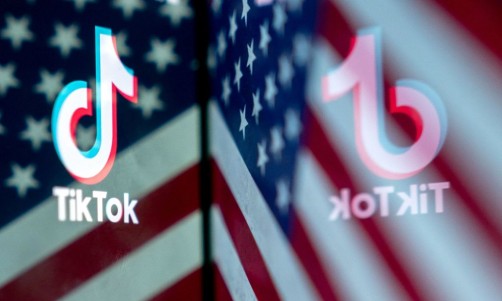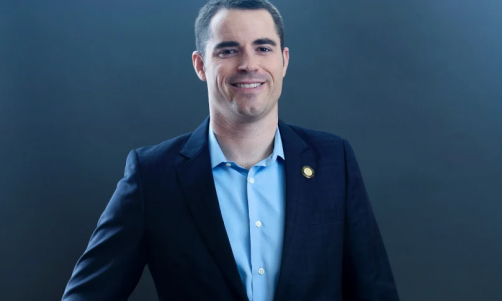Video games can be difficult to make - the creative process to make a storyline alone already involves a team to make sure everything remains consistent with the lore.
As such, it isn't uncommon when a concept for another game springs up during the development process of another - the first Assassin's Creed game came to be in this way when Ubisoft developers were brainstorming over what was supposed to be a Prince of Persia game.
Assassin's Creed isn't the only game that was birthed into the world this way, though; the first Devil May Cry game came into existence the same way.
Devil May Cry 1 Background, History
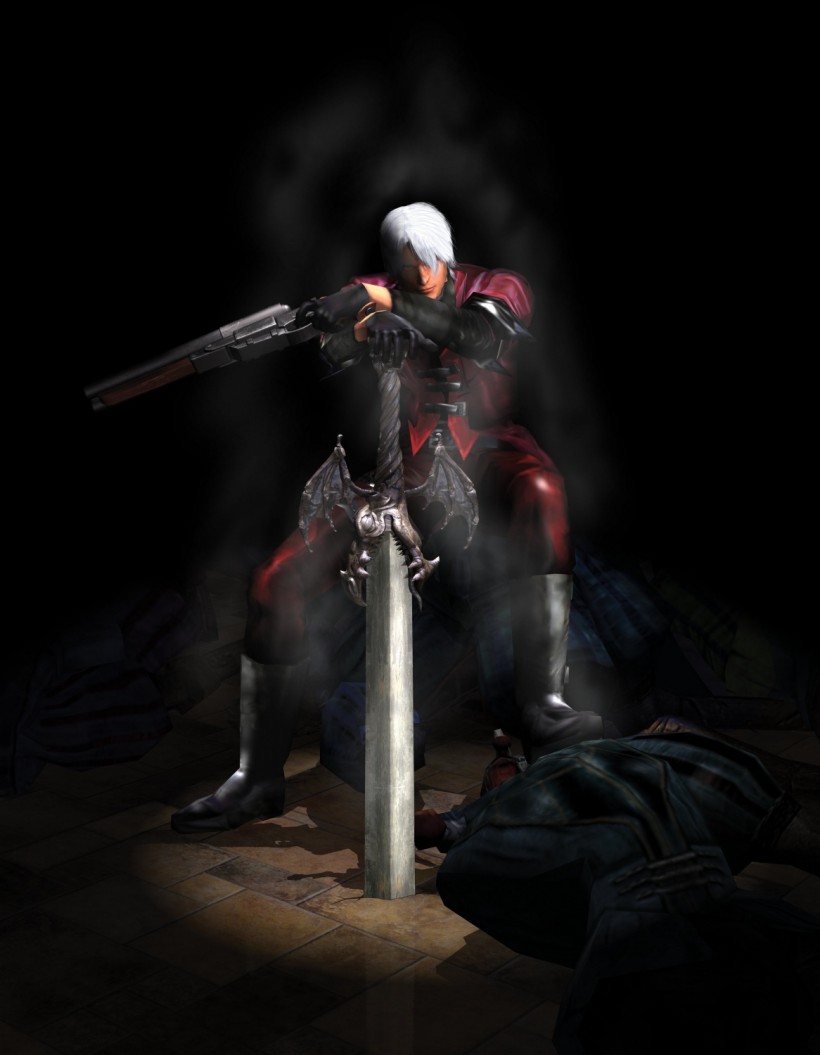
Dante, Devil May Cry's protagonist, resembles Leon S. Kennedy a bit - another remnant of its origin as an early version of Resident Evil 4.
The first Devil May Cry game is a hack n' slash action-adventure developed and published by Capcom exclusively for the PlayStation 2 in 2001, per the Devil May Cry Wiki.
The game's story revolves around the game's central character, Dante, a demon hunter borne from the union of a demon general and a human woman who hunts demons while pursuing the one that killed his mother and brother. As luck would have it, the very same demon is preparing to enter the mortal world and usher in an age of demons on Earth, allowing Dante to accomplish his job and personal vendetta at the same time.
Gameplay-wise, Devil May Cry is much like its contemporaries like God of War. Players can engage enemies by shooting or engaging them in melee combat using the many demon arms at Dante's disposal.
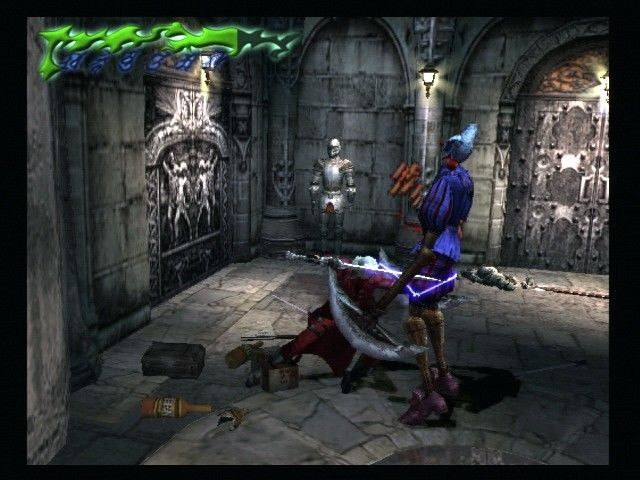
Dante executing his famous Stinger move with his demon blade, Alastor.
Unlike God of War, though, players can string attacks and switch weapons on the fly to create combos that can leave enemies at their mercy. Additionally, the game uses a Style rank that shows how good players are at stringing attacks and combos while dishing out damage to enemies without receiving any of it from them.
Read More: Apple Hearing Study Shows That a Third of Americans Are Exposed to Harmful Noise
The game also comes with a few puzzles of its own - a remnant of its former days as a Resident Evil game - to break the monotony of hacking and slashing at enemies.
Interestingly, Devil May Cry wasn't a game Capcom came up with from the get-go. According to a CBR report, game director Shinji Mikami, who was working on the original Resident Evil 4 at the time, was trying to remix the survival horror formula of the Resident Evil series to focus on action instead.
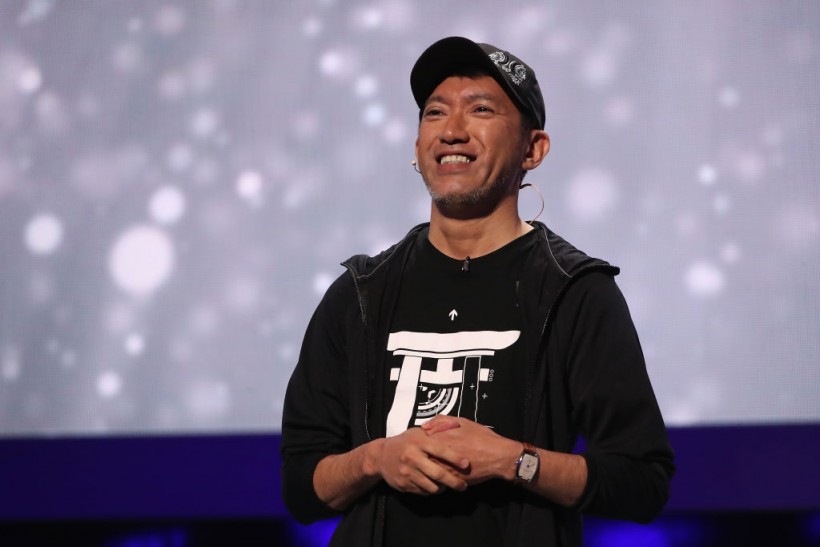
A picture of Shinji Mikami as he reveals 'Ghostwire Tokyo' during the Bethesda E3 Showcase at The Shrine Auditorium on June 09, 2019 in Los Angeles, California.
However, during the game's development, Mikami's focus on action rather than horror turned the game he was working on into something else. The zombies/ganados became demons, and Leon S. Kennedy turned into a scientist called Tony Redgrave, who injected himself with a virus similar to the one Wesker took to make himself stronger, gaining superhuman powers as a result.
While the game as it was at the time wouldn't work as a Resident Evil game, it did work as a game of its own. Instead of relying on guns, Tony Redgrave, now known as Dante (inspired by Dante Alighieri, the writer of The Divine Comedy), now has demonic weaponry and his trusty pistols, Ebony and Ivory, at his disposal.
Instead of bioweapons, Dante, who also inherited Leon's cheesy humor, would now go up against demons of every shape and size.
Devil May Cry 1 Reception; Start Of A Series
Critics and gamers alike welcomed the first Devil May Cry game with open arms, as evidenced by the game's Metascore of 94 and a user score of 8.6, per Metacritic. IGN praised the game for its combat mechanics, gameplay, and the amount of style players can achieve while playing it.
Gamespot gave it a positive review despite pointing out its only flaw of having less than 10 hours of playtime, even on the most difficult level.
The game did so well both critically and financially that Capcom green-lighted a sequel to the game, which was unable to catch lightning in a bottle like its predecessor. It was only until the third game did the series really stretched its legs.
Related Article: [RETRO GAMING] Do You Remember the PlayStation 2 Game TimeSplitters: Future Perfect?








